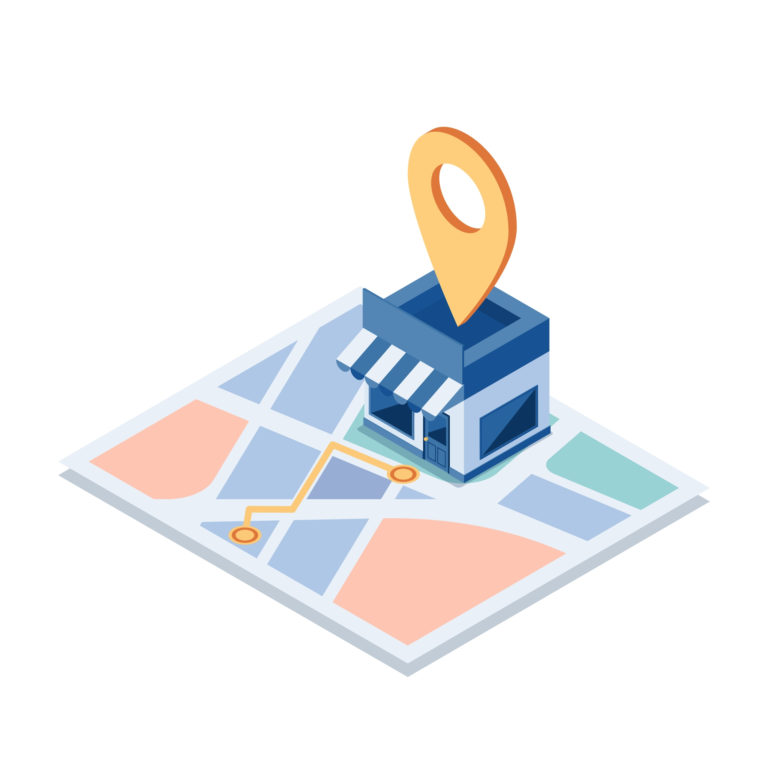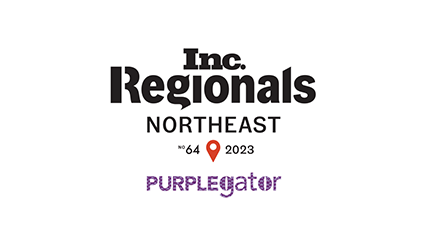Blog /
Optimize Your Campaign With Local Targeting and Foot Traffic Reports

Data is our bread and butter here at Purplegator. We use it to analyze and optimize every campaign we work on. Especially for campaigns with local targeting, data like foot traffic reports can help us understand how the community is interacting with our advertisements. We’ll outline the types of campaigns we use to achieve local targeting throughout this article, and how we use foot traffic reports to optimize them.
Foot Traffic Reports

Foot traffic reports help us determine how many consumers saw your ad and then showed up to your storefront. It’s one of the most effective ways to understand the tangible results of mobile and digital advertising. Foot traffic can be tracked on apps, desktops, and mobile devices. Data collected from Wifi connections, smartphones, sensors, and more all contribute to our foot traffic reports. Foot traffic reports are especially useful for brick-and-mortar stores, which often use highly local marketing strategies.
Here at Purplegator, we use IP Targeting, Device ID Targeting, and Geoconquesting to craft location-specific campaigns. We then use foot traffic reporting to track the success of these campaigns.
Local Targeting Through IP Addresses

IP targeting uses IP addresses, which are the unique codes given to every wifi server. Campaigns that use IP targeting attempt to serve ads to every IP address within the client’s target location. When the IP address is successfully targeted, every device active on that IP address then sees your advertisements. This location-based matching allows clients to track their return on investment (ROI) in real time. They can view how many targeted individuals purchased a product online or visited their storefront.
We used IP targeting in a recent campaign for a senior care provider in Florida. In just one month, we tracked 1,625 visits to their brick and mortar locations after viewing our advertisements. Mobile marketing really can lead to tangible results.
Local Device IDs

Device IDs are similar to IP addresses, but they are the unique identifiers for each individual smart device. Tracking a particular ID can help us understand individual consumer behavior. Once we identify the home base of that device, we can deliver ads to both the individual device and devices nearby.
Target Your Competitors With Geoconquesting

Geoconquesting goes straight to your competitors to build a target audience. Geoconquesting targets consumers who are visiting or have visited your competitors’ locations. Using location data, we can send ads to devices that were recently active at . Often, geoconquesting campaigns use a deal or incentive in their advertisements to entice customers away from their competitors.
We use location-based targeting and foot traffic reports to maximize your return on investment. Combining your brand’s goals with our targeted strategies–that’s our not-so-secret recipe for marketing magic.
Libby Foster is a Marketing Specialist at Purplegator. She’s an Advertising and Public Relations master’s student at the University of Alabama.









